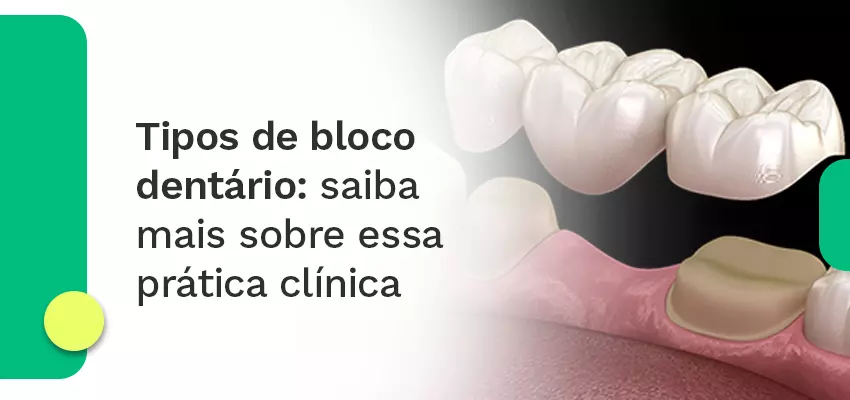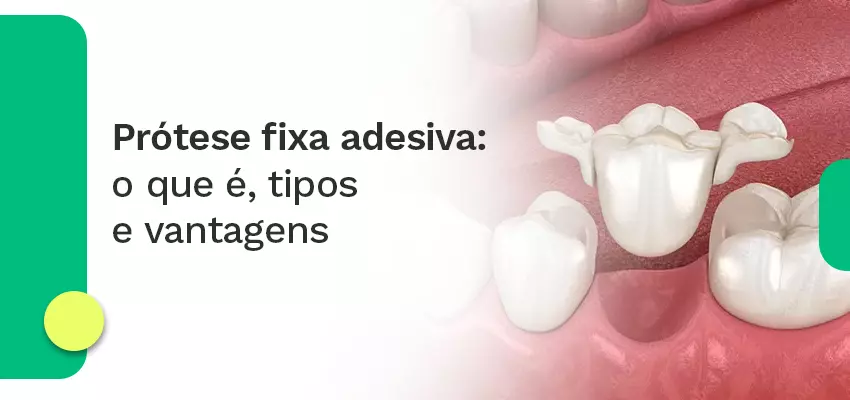Dental Adhesives: How they Work and their Benefits in Clinical Practice


Dentistry is always evolving and, as a result, new techniques and restorative materials are constantly emerging, one of which is the dental adhesive.
In this sense, not only resins evolve, but also adhesive systems, which are critical for quality and long-lived restorative procedures.
Dental adhesives are extremely important as they join the restorative material and dental structures together, and are the interface between them. In doing so, the quality of the adhesive and its good application is directly involved with the quality and resistance of the restoration.
There is a wide variety of adhesive systems available on the dental market today, thus in order to choose the best one you need to understand how they work, which clinical steps are required, and how to perform them properly to get the most out of the product.
In today’s content, you will learn a little more about dental adhesives, understanding how they work and their benefits in clinical practice.
Keep reading!
What is a dental adhesive?
Dental adhesive is a liquid used prior to a tooth restoration, with the aim of increasing the adhesion of the restorative material, working as a “glue” that aims to ensure long-lived procedures on teeth with cavities, cracks, fractures, needing aesthetic remodeling of the teeth, or even orthodontic purposes.
Its use began to gain momentum around 1955, when Buonocore discovered that conditioning the tooth surface could improve the restoration quality. From then on, conditioning techniques and adhesive systems began to spread in dentistry, as Buonocore realized that the application of acid on the tooth surface removed a thin layer of mineral tissue and that this “opened” micropores where the adhesive could be applied in order to adhere the restorative material.
Over the years, dental adhesive has gained a lot of attention, as it has been understood that its application is one of the most important steps in a restoration or for bonding orthodontic accessories.
What is the function of dental adhesive?
Adhesiveness is the ability of atoms or molecules from two similar or different surfaces to join, with intimate contact between them due to intermolecular forces.
Therefore, the mechanism of union of restorative materials to enamel and dentin occurs through an exchange involving the replacement of minerals removed from the tooth structure by resinous monomers.
These restorative material monomers infiltrate the porosities created after tooth conditioning, generating micromechanical bonding. This whole process is fundamental, precisely because the effectiveness and durability of restorations, or orthodontic accessories bonding depends on this bonding interface.
Therefore, the main function of the adhesive is to promote resistance to the restoration, cementation, or accessories bonding, contribute to the stress distribution along the bonding surface, and seal the dental interface.
For this reason, they need to have a high bonding strength and require a thin layer for their effectiveness, so that the results are not compromised, especially from an aesthetic point of view.
Which are the main applications of dental adhesive
Dental adhesives may be used in several treatments of a dentist’s clinical routine, check out some of their applications below:
Direct or indirect restoration
Direct restorations (performed inside the patient’s mouth) and indirect restorations (made in laboratory and later cemented to the patient’s tooth) require the use of adhesives, in order to ensure these restorations bonding.
Currently, a great differential brought by the most innovative dental adhesives is to provide less invasive treatments, with little wear on the dental structures.
Orthodontic accessories bonding
Orthodontics may require some accessories that need to be attached to the dental elements in order to receive and transfer strengths that will lead to tooth movement. Many of these accessories, such as brackets and orthodontic buttons, are bound to tooth enamel using dental adhesive and resin.
Additive dental contouring change
During the manufacture of a removable partial denture, sometimes it is necessary to change the dental element contouring receiving the staple. This contour can be changed due to wearing or additive. In the latter case, the adhesive system is essential for the bounding of the resin to the tooth surface.
Why use in your office?
The potential to bind to a wet or dry environment has changed the way adhesive systems are applied, each one having its specificities. But, in general, simplifying the clinical routine and promoting stability to the procedure, although this stability is not fully elucidated and requires further studies to prove its effectiveness.
Currently, we are experiencing the seventh generation of adhesives and it means that the technology used in their manufacture makes it possible for some adhesives to already contain other components such as primer and filler, reducing clinical steps and optimizing dentist and patient time.
Most commercial brands seek to optimize adhesive systems so that they can have the greatest potential for bounding and resistance with the fewest possible steps, however, given the wide variety available, it is necessary to look for the one that best meets your clinical demands.
What to take into account when choosing a dental adhesive?
As already discussed, it is necessary to combine the benefits presented by the adhesive system and the clinical demands of your work routine, always choosing adhesives that reduce working time without loss of quality.
This is because, when we talk about the quality of a material, we are talking about quality and durability of results, as well as customer loyalty and attraction.
Always think that a quality material, which reduces the need for repeating procedures, is, consequently, a material that can optimize your financial return, as it enhances your clinical time and makes the patient more confident in your work.
Never forget that there is no shame in reading the adhesive system’s package insert, after all, each one can have their own application protocol, and executing this protocol properly is essential to obtain the expected result.
Betting on innovative products is important to position your office, but don’t forget to question the reliability of a new product in the market:
How long has the product been on the market and how satisfied are those who have already used it?
Conclusion
Dentistry is a profession that requires constant updating in order to keep up with its advances! Paying attention to the characteristics and protocols of adhesive systems available on the market is a way to give your best for good treatment results and professional success.
Read more contents from Aditek’s blog, created by specialists in the field, and learn about the brand’s high-tech orthodontic products!



